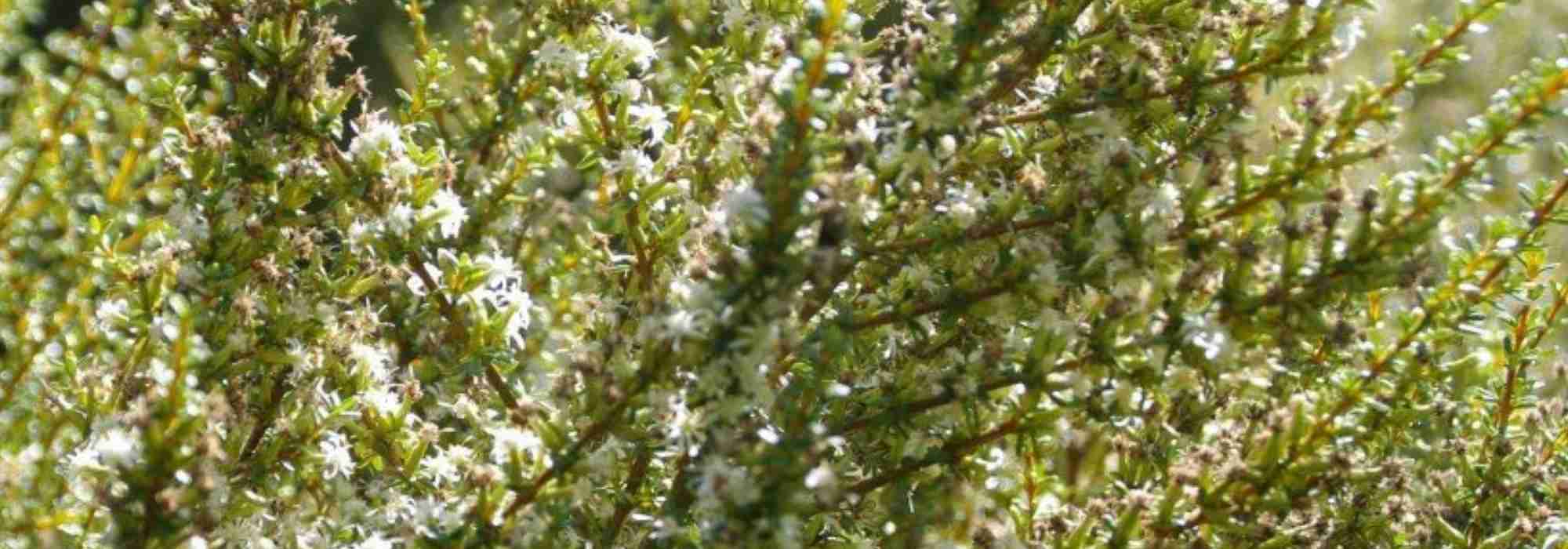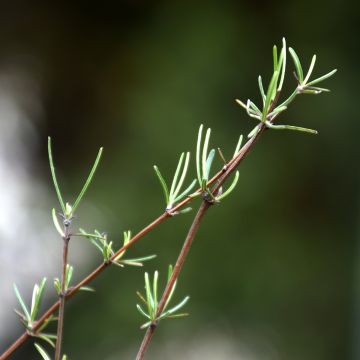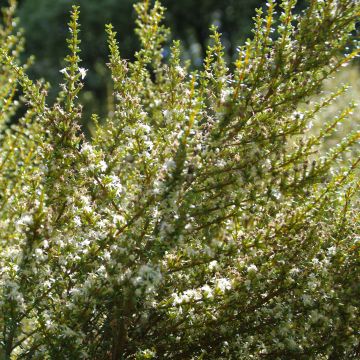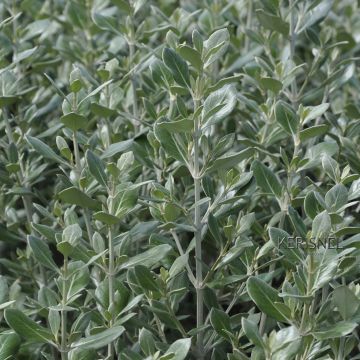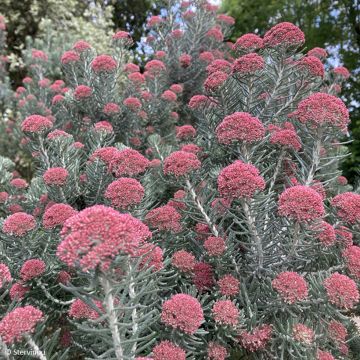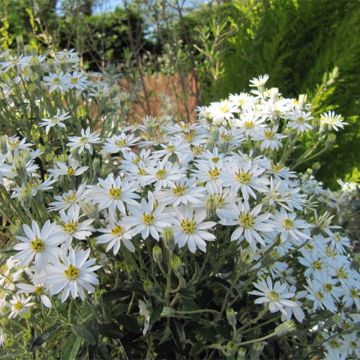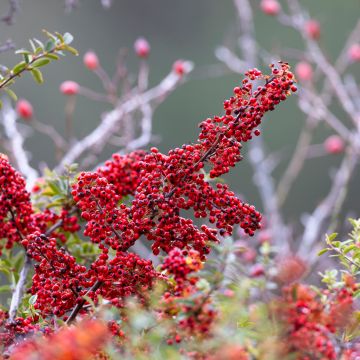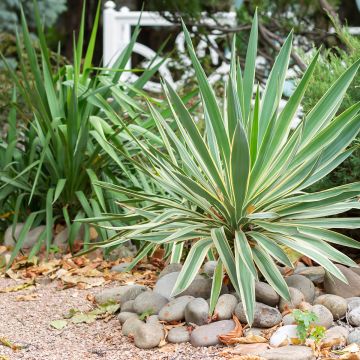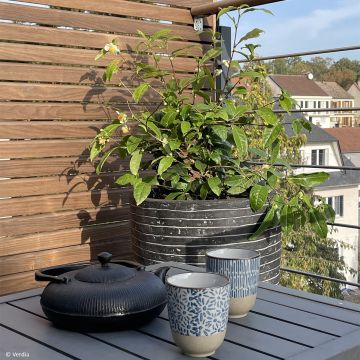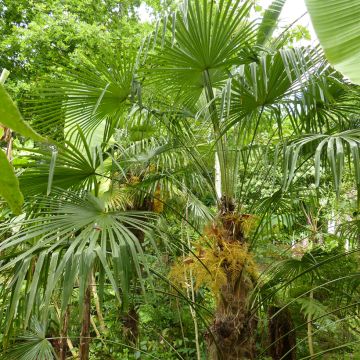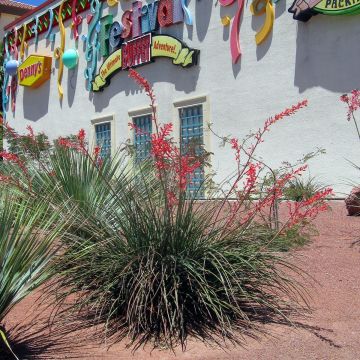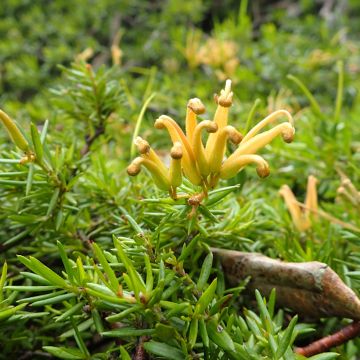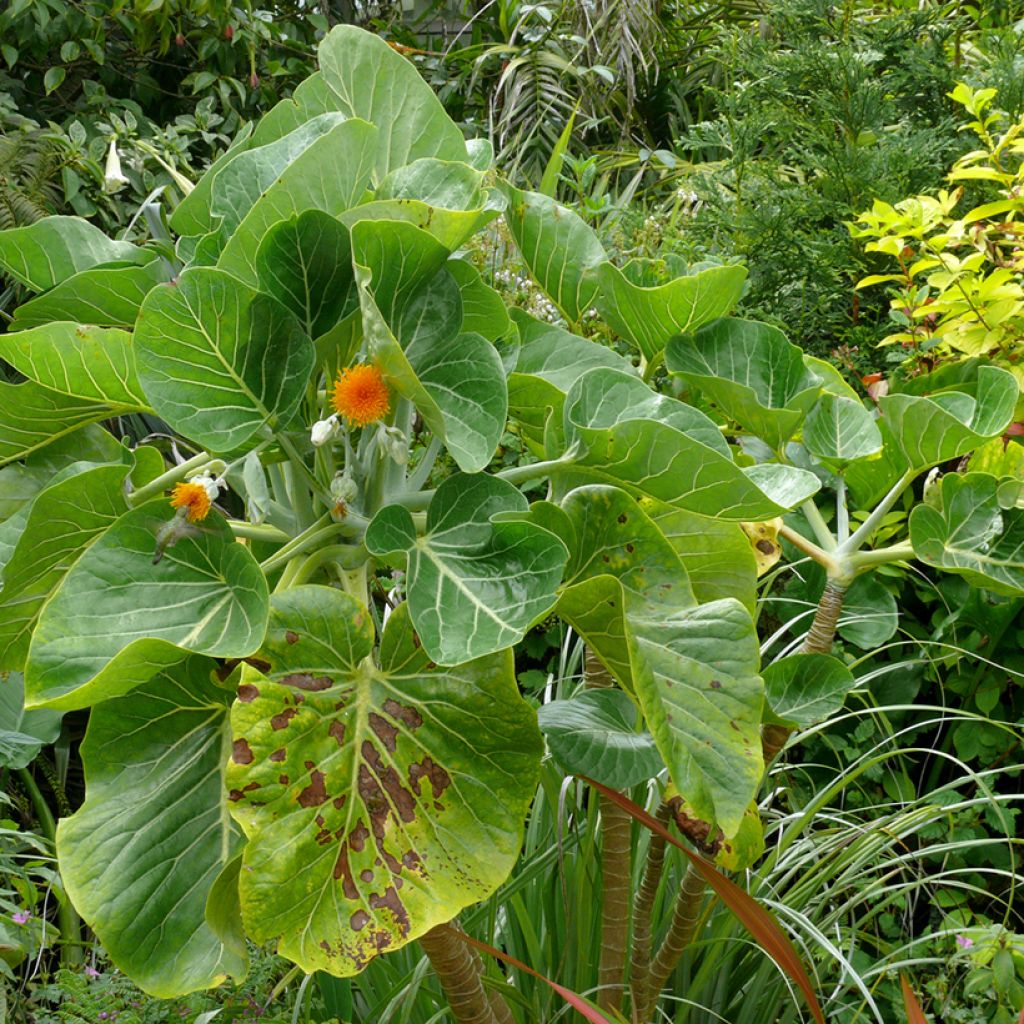

Dendroseris littoralis (= litoralis) - Arbre chou
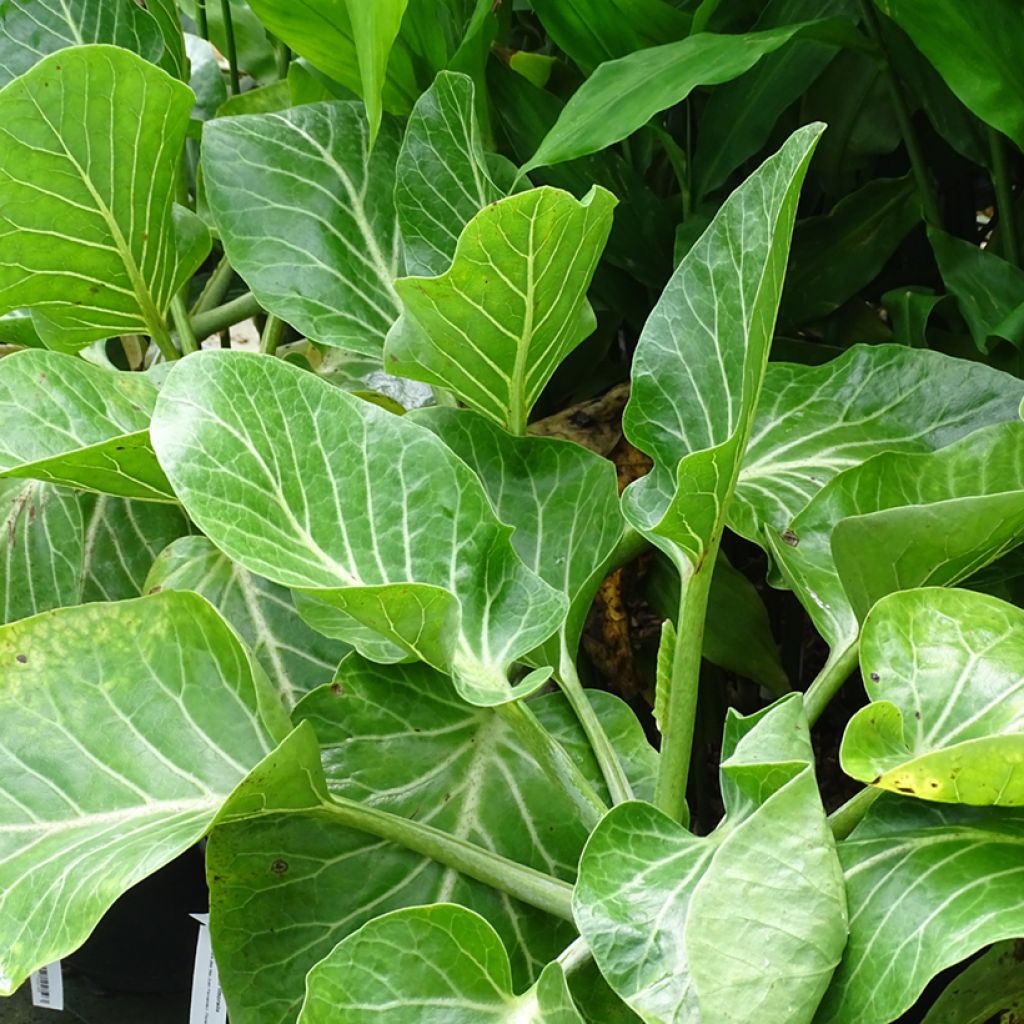

Dendroseris litoralis (littoralis) - Arbre chou
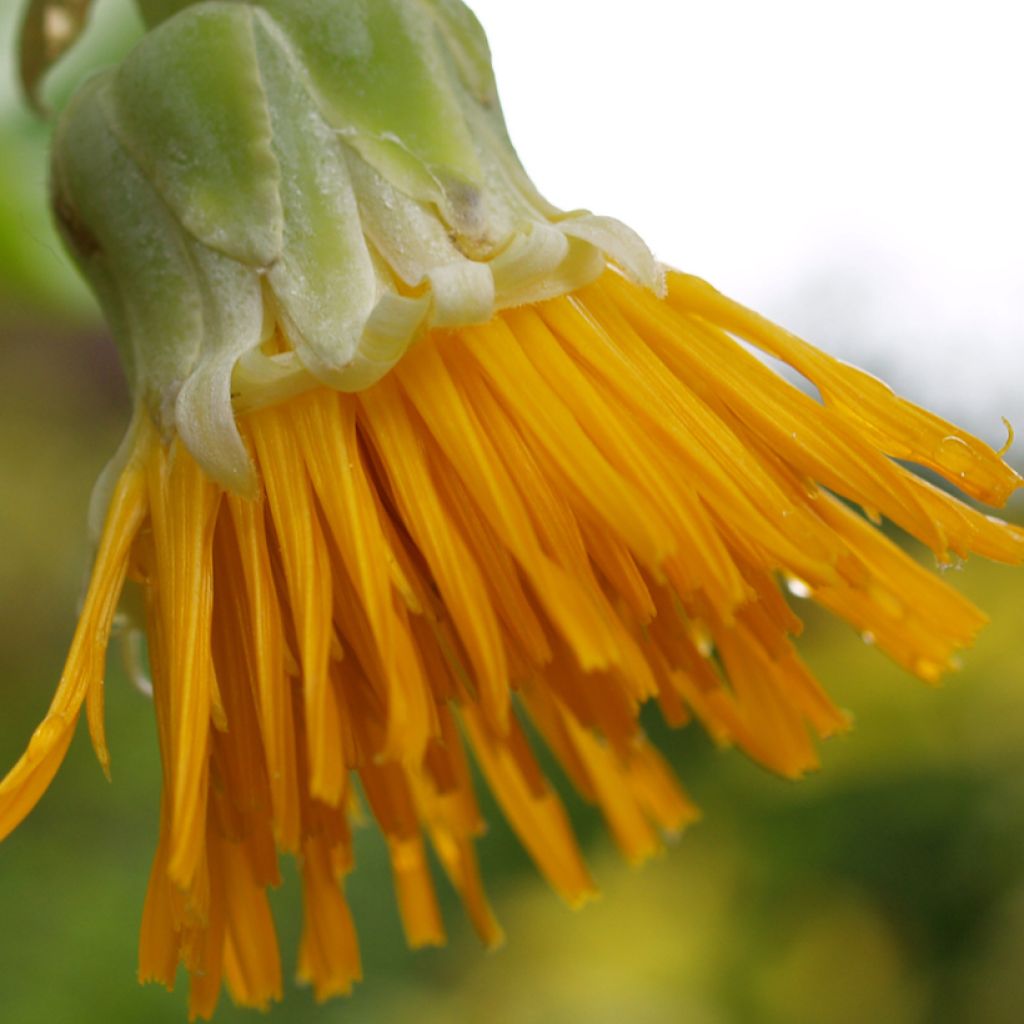

Dendroseris littoralis (= litoralis) - Arbre chou
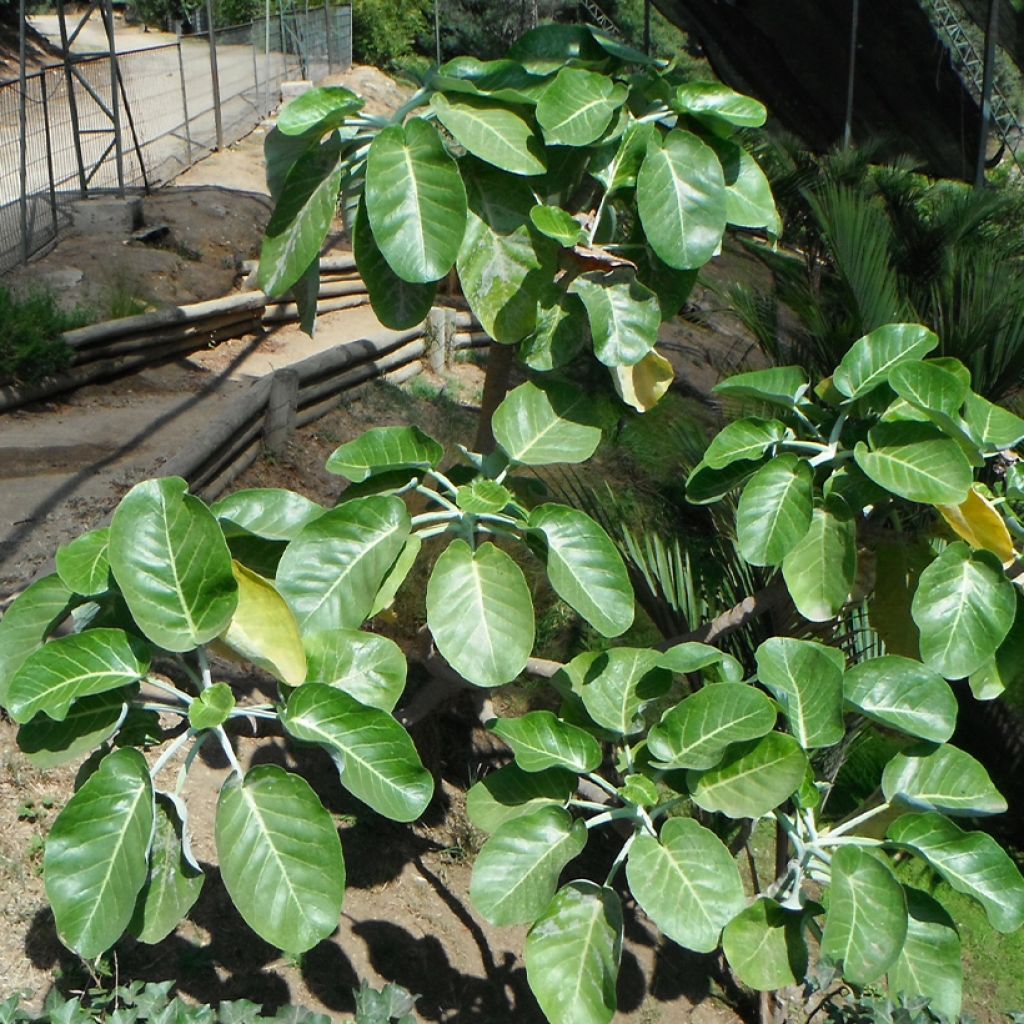

Dendroseris littoralis (= litoralis) - Arbre chou
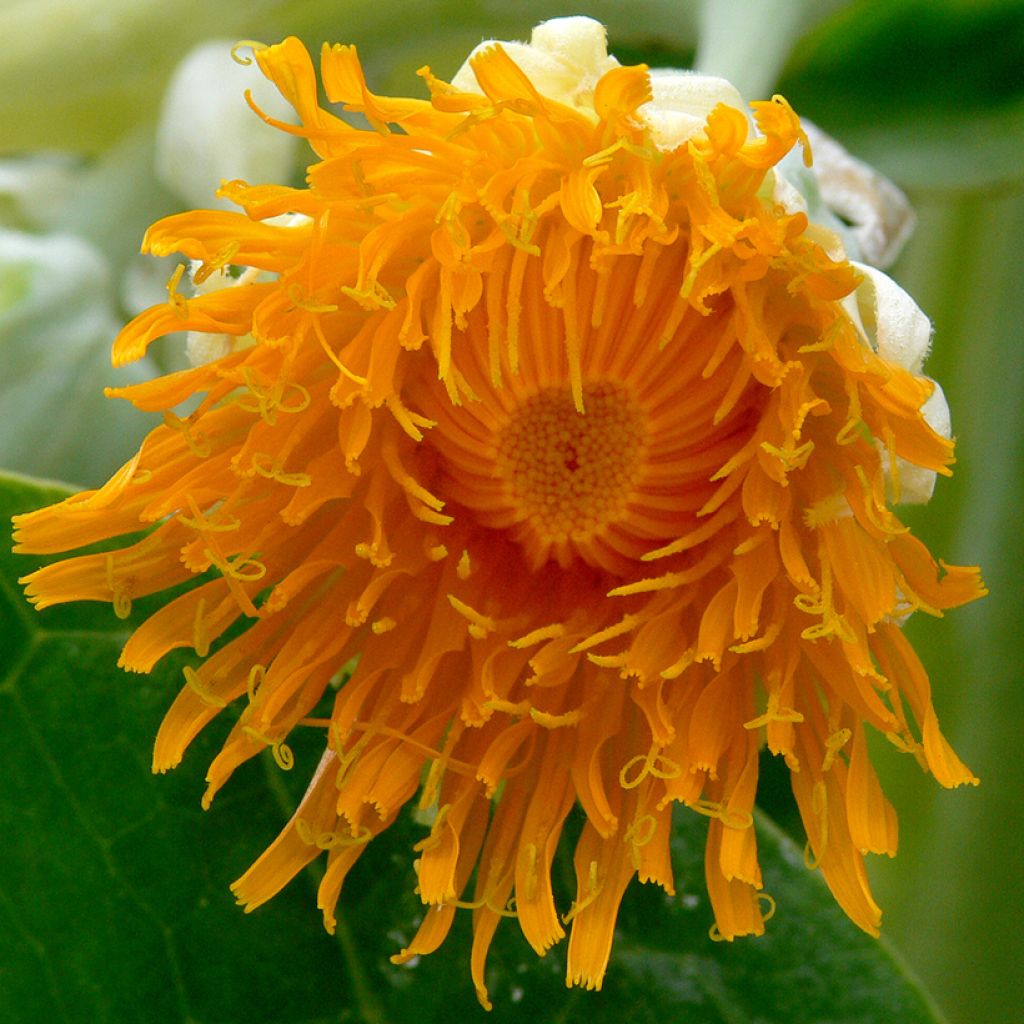

Dendroseris littoralis (= litoralis) - Arbre chou


Dendroseris littoralis (= litoralis) - Arbre chou
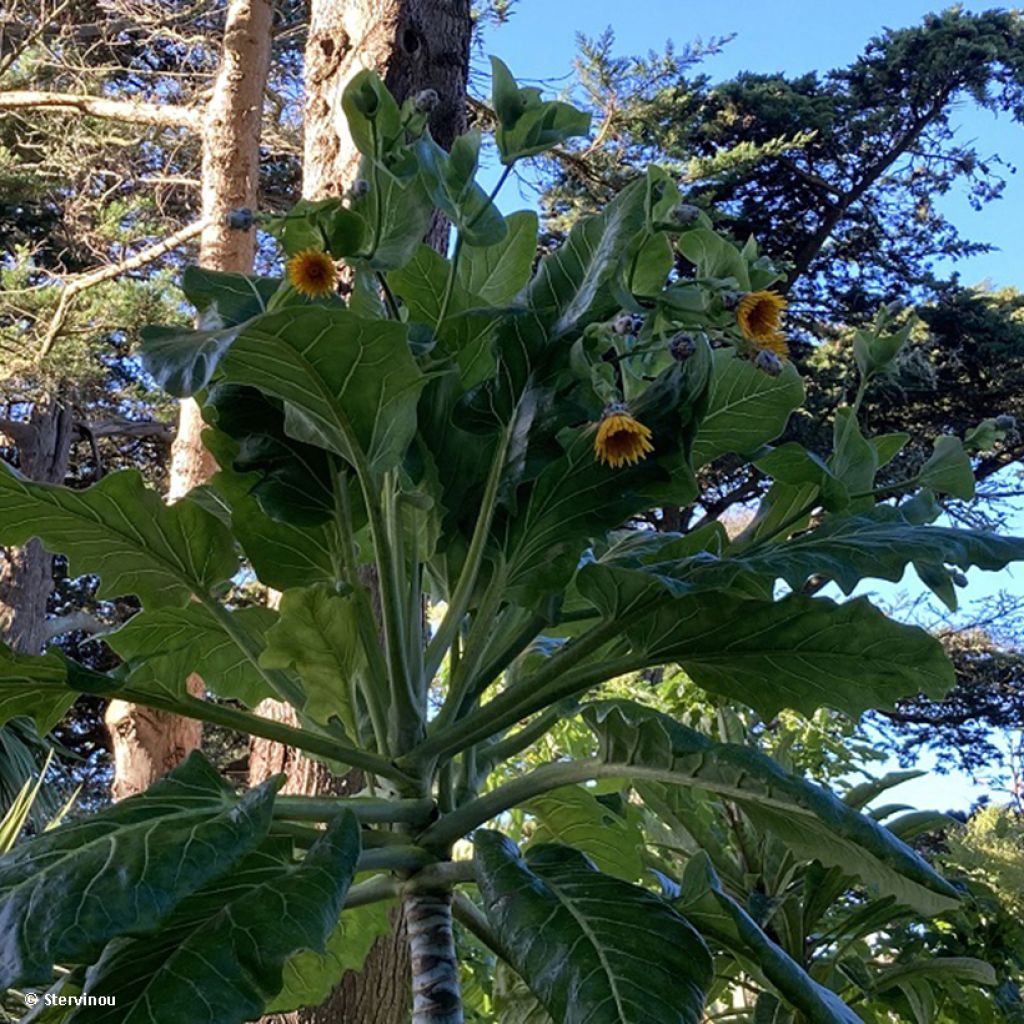

Dendroseris littoralis (= litoralis) - Arbre chou
Dendroseris litoralis - Cabbage Tree
Dendroseris litoralis
Cabbage Tree, Cabbage Palm
Special offer!
Receive a €20 voucher for any order over €90 (excluding delivery costs, credit notes, and plastic-free options)!
1- Add your favorite plants to your cart.
2- Once you have reached €90, confirm your order (you can even choose the delivery date!).
3- As soon as your order is shipped, you will receive an email containing your voucher code, valid for 3 months (90 days).
Your voucher is unique and can only be used once, for any order with a minimum value of €20, excluding delivery costs.
Can be combined with other current offers, non-divisible and non-refundable.
Home or relay delivery (depending on size and destination)
Schedule delivery date,
and select date in basket
This plant carries a 24 months recovery warranty
More information
We guarantee the quality of our plants for a full growing cycle, and will replace at our expense any plant that fails to recover under normal climatic and planting conditions.
Would this plant suit my garden?
Set up your Plantfit profile →
Description
The Dendroseris litoralis (syn. littoralis), commonly known as the cabbage tree, due to the appearance of its leaves, is a curious perennial shrub plant, endemic to Robinson Crusoe Island, one of the volcanic islands in the Juan Fernández archipelago located off the coast of Chile. Threatened by extinction on its native island, particularly due to introduced goats, this plant has been extensively propagated in Europe by collectors and enthusiasts of rarities. This superb creature is an excellent veranda, greenhouse or indoor plant, prized for its exotic appearance, spectacular leaves and stunning orange flowering.
The Dendroseris littoralis belongs to the Asteraceae family, it is a cousin of asters and sunflowers. On its island, governed by a cool and rather humid climate, this plant grows in rocky and dry areas, but it will have high water needs and require regular watering if grown in a pot. Similarly, in our climates, it is preferable to shelter it from the scorching sun and the wind that would damage its leaves. In favourable conditions, it proves to be vigorous and fairly easy to grow. Its hardiness is evaluated at -4 or -5 °C at its peak, for a well-established plant.
The cabbage tree is characterised by an original habit, reminiscent of a palm tree: the plant produces several thickening and knotty stems with age, each topped with a bouquet of large leaves. Its growth is quite fast, reaching approximately 2.50 m (8 ft 2 in) in height and 1.50 m (4 ft 11 in) in width. In the ground, its dimensions can be more imposing. The young trunks have whitish leaf scars. The evergreen foliage is composed of thick, glossy, rubbery-textured oval leaves, measuring up to 46 cm (18.1 in) long. They are edible. Flowering occurs in spring or summer in France, on mature plants aged 4-5 years. Long and beautiful pendulous flower heads composed of beautiful flowers appear in the heart of the leaves, inclined towards the ground, resembling acorns. The colour of their petals is a very vivid orange. In nature, these flowers are pollinated by hummingbirds that come to collect their sweet nectar.
The coastal Dendroseris, when planted in the ground, will acclimatise more easily in coastal gardens, as it appreciates cool and humid climates. It should, of course, be placed as a standalone plant, or in front of a fairly neutral vegetation background (evergreen hedge, olearias, Elaeagnus). In an exotic looking bed, it can be planted with red-flowered callistemons (Callistemon citrinus 'Splendens') or Erythrines, the Chilean fire tree, the Lapageria, etc. For gardeners in cooler climates, it remains a beautiful conservatory plant. In a greenhouse or veranda will form a beautiful quartet with an orange tree, a myrtle, a Tibouchina, or a mimosa, evoking decorative landscapes with exotic charms and fragrances.
Dendroseris litoralis - Cabbage Tree in pictures
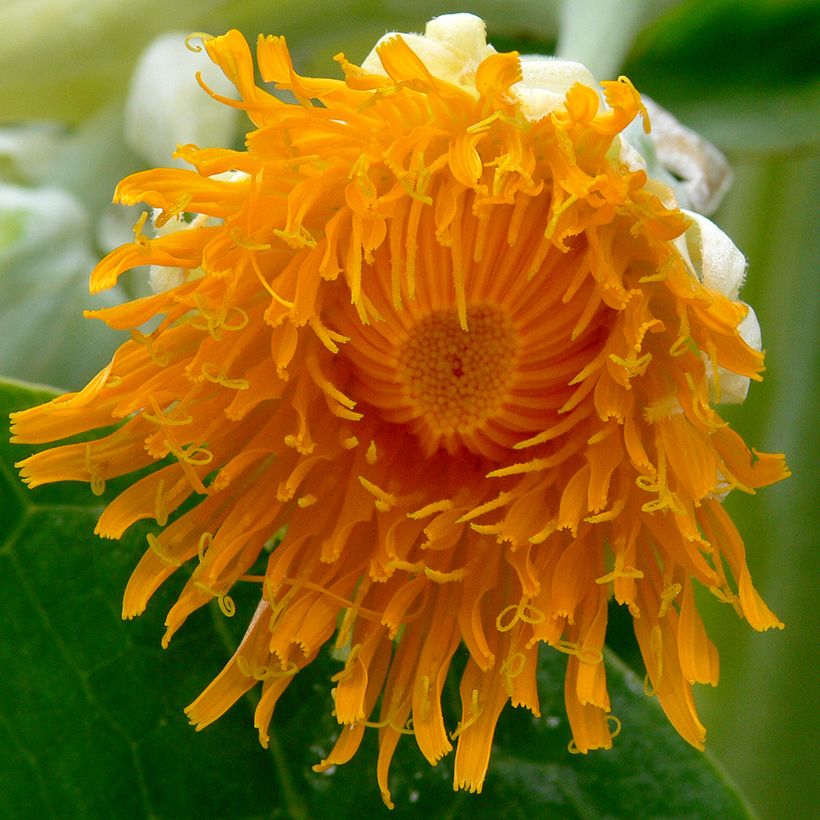

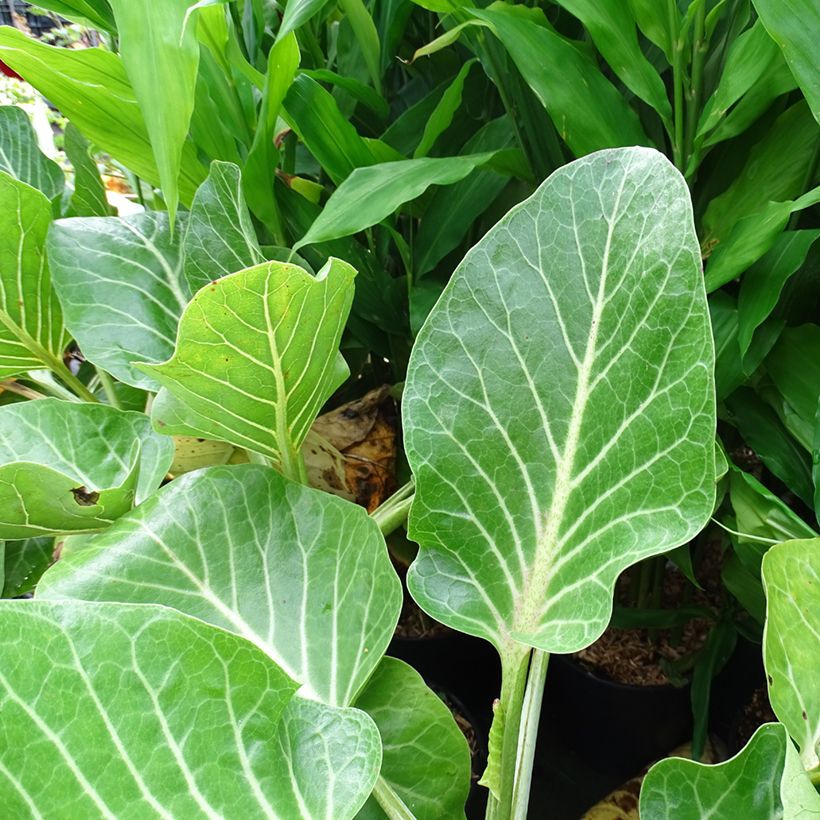

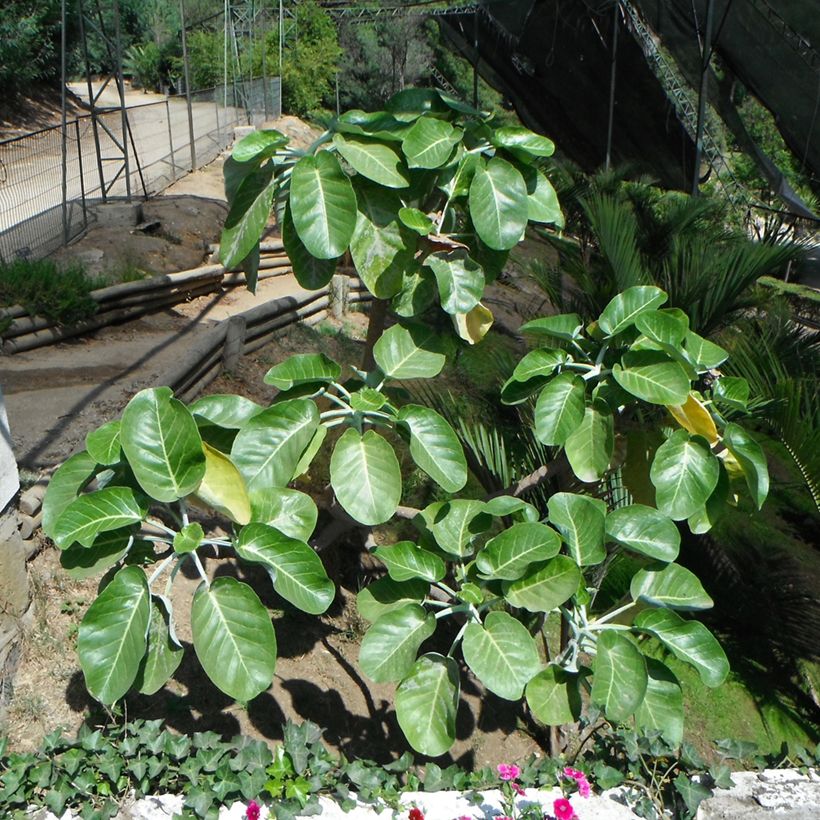

Plant habit
Flowering
Foliage
Botanical data
Dendroseris
litoralis
Asteraceae
Cabbage Tree, Cabbage Palm
South America
Other Olearia
View all →Planting and care
The Dendroseris litoralis is cultivated in open ground only in places where frosts are rather rare and not severe: a well-established plant will perish below -5 °C (23 °F). The climate that suits it best would be coastal, as it is temperate in summer as well as in winter. In hot areas this plant should be placed in the shade and may suffer from excessive summer temperatures, especially nocturnal temperatures which can be high in summer. The tree cabbage appreciates fairly rich, light, well-drained soils, not too dry but rather moist. Young plants cultivated outdoors are sometimes prey to slugs and snails: we advise you to protect them.
Pot culture:
Provide good drainage at the bottom of the pot, which should be of large volume (30 to 40 litres) Use a light soil, enriched with leaf compost, and apply a little slow-release fertiliser late winter and autumn. Water regularly, more generously in summer, allowing the soil to dry out slightly between waterings. The pendulous and softening leaves will indicate when the plant lacks water. Excessively moist soil can also cause the leaves to turn yellow. In the harsh sunlight, they tend to burn and turn yellow. These evergreen leaves, however, have a limited lifespan, they turn yellow and fall to be regularly replaced by new leaves.
It is an excellent indoor, veranda or moderately heated greenhouse plant.
Planting period
Intended location
Care
Planting & care advice
This item has not been reviewed yet - be the first to leave a review about it.
Similar products
Haven't found what you were looking for?
Hardiness is the lowest winter temperature a plant can endure without suffering serious damage or even dying. However, hardiness is affected by location (a sheltered area, such as a patio), protection (winter cover) and soil type (hardiness is improved by well-drained soil).

Photo Sharing Terms & Conditions
In order to encourage gardeners to interact and share their experiences, Promesse de fleurs offers various media enabling content to be uploaded onto its Site - in particular via the ‘Photo sharing’ module.
The User agrees to refrain from:
- Posting any content that is illegal, prejudicial, insulting, racist, inciteful to hatred, revisionist, contrary to public decency, that infringes on privacy or on the privacy rights of third parties, in particular the publicity rights of persons and goods, intellectual property rights, or the right to privacy.
- Submitting content on behalf of a third party;
- Impersonate the identity of a third party and/or publish any personal information about a third party;
In general, the User undertakes to refrain from any unethical behaviour.
All Content (in particular text, comments, files, images, photos, videos, creative works, etc.), which may be subject to property or intellectual property rights, image or other private rights, shall remain the property of the User, subject to the limited rights granted by the terms of the licence granted by Promesse de fleurs as stated below. Users are at liberty to publish or not to publish such Content on the Site, notably via the ‘Photo Sharing’ facility, and accept that this Content shall be made public and freely accessible, notably on the Internet.
Users further acknowledge, undertake to have ,and guarantee that they hold all necessary rights and permissions to publish such material on the Site, in particular with regard to the legislation in force pertaining to any privacy, property, intellectual property, image, or contractual rights, or rights of any other nature. By publishing such Content on the Site, Users acknowledge accepting full liability as publishers of the Content within the meaning of the law, and grant Promesse de fleurs, free of charge, an inclusive, worldwide licence for the said Content for the entire duration of its publication, including all reproduction, representation, up/downloading, displaying, performing, transmission, and storage rights.
Users also grant permission for their name to be linked to the Content and accept that this link may not always be made available.
By engaging in posting material, Users consent to their Content becoming automatically accessible on the Internet, in particular on other sites and/or blogs and/or web pages of the Promesse de fleurs site, including in particular social pages and the Promesse de fleurs catalogue.
Users may secure the removal of entrusted content free of charge by issuing a simple request via our contact form.
The flowering period indicated on our website applies to countries and regions located in USDA zone 8 (France, the United Kingdom, Ireland, the Netherlands, etc.)
It will vary according to where you live:
- In zones 9 to 10 (Italy, Spain, Greece, etc.), flowering will occur about 2 to 4 weeks earlier.
- In zones 6 to 7 (Germany, Poland, Slovenia, and lower mountainous regions), flowering will be delayed by 2 to 3 weeks.
- In zone 5 (Central Europe, Scandinavia), blooming will be delayed by 3 to 5 weeks.
In temperate climates, pruning of spring-flowering shrubs (forsythia, spireas, etc.) should be done just after flowering.
Pruning of summer-flowering shrubs (Indian Lilac, Perovskia, etc.) can be done in winter or spring.
In cold regions as well as with frost-sensitive plants, avoid pruning too early when severe frosts may still occur.
The planting period indicated on our website applies to countries and regions located in USDA zone 8 (France, United Kingdom, Ireland, Netherlands).
It will vary according to where you live:
- In Mediterranean zones (Marseille, Madrid, Milan, etc.), autumn and winter are the best planting periods.
- In continental zones (Strasbourg, Munich, Vienna, etc.), delay planting by 2 to 3 weeks in spring and bring it forward by 2 to 4 weeks in autumn.
- In mountainous regions (the Alps, Pyrenees, Carpathians, etc.), it is best to plant in late spring (May-June) or late summer (August-September).
The harvesting period indicated on our website applies to countries and regions in USDA zone 8 (France, England, Ireland, the Netherlands).
In colder areas (Scandinavia, Poland, Austria...) fruit and vegetable harvests are likely to be delayed by 3-4 weeks.
In warmer areas (Italy, Spain, Greece, etc.), harvesting will probably take place earlier, depending on weather conditions.
The sowing periods indicated on our website apply to countries and regions within USDA Zone 8 (France, UK, Ireland, Netherlands).
In colder areas (Scandinavia, Poland, Austria...), delay any outdoor sowing by 3-4 weeks, or sow under glass.
In warmer climes (Italy, Spain, Greece, etc.), bring outdoor sowing forward by a few weeks.






























